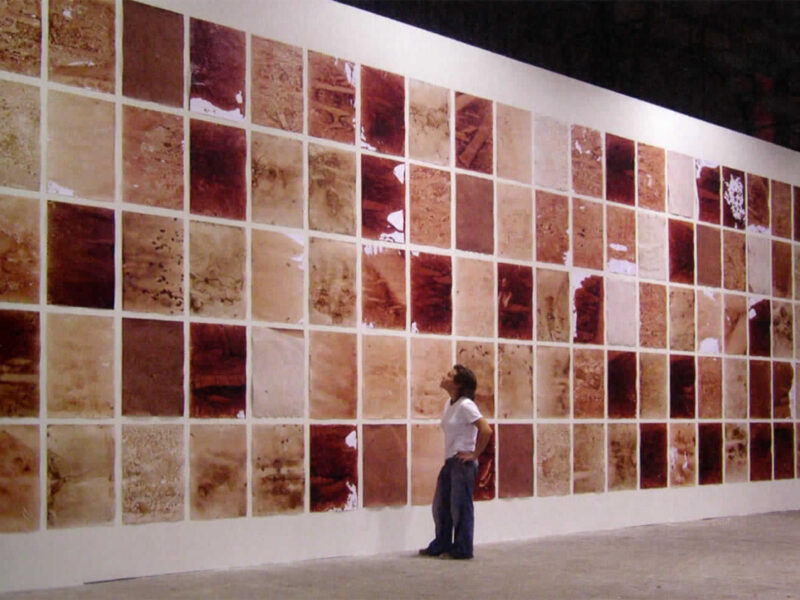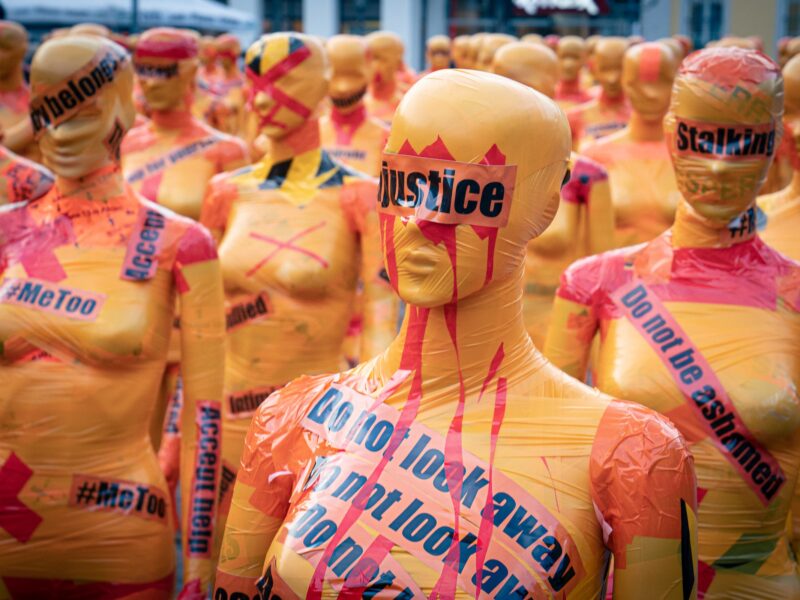Rose Salane | Lost & Found
Behind a thick pane of glass the proprietor of a pawn shop appraises an assortment of rings for their latest owner, artist Rose Salane, as she carefully notes his descriptions. This collection, composed of rings lost on New York City’s thousands of trains and buses in 2016, was initially assembled by the Metropolitan Transportation Authority (MTA) and later sold to the artist through a public auction. For Queens-born Salane these rings can be entry points into the lives of the commuters she’s ridden alongside for much of her life and into the city that is still her home today. Consulting with the pawn shop owner, genetic scientists, and an intuitive reader and psychic, this documentary short follows Salane as she uncovers the myriad hidden values in these “lost” objects, re-presenting and re-circulating them to the New York public that left them behind. Fundamental to Salane’s practice is the question of value. “How do we determine something is worth something, or of some importance to a place or a person?” asks the artist. Salane uses a variety of methods of evaluation, including scanning for mitochondrial DNA and analyzing metal detector readings, to determine an object’s potential significance. Intentionally layering disparate economic, scientific, and spiritual values together, Salane displays her findings as museum style wall text alongside each object. The exhibited works can be read as a series of often poignant micro histories, as well as a much larger, overarching story of New York’s cultural and economic networks. This effect is especially prominent in works like “64,000 Attempts at Circulation” (2022), installed at the 2022 Whitney Biennial “Quiet As It’s Kept”. Salane sifted through and categorized approximately 800lbs of “dummy coins” – arcade and casino tokens, hardware washers, plastic play money – that riders had attempted to use in lieu of actual bus tokens and that the MTA collected and stored over the years. Spread across several tables at the Whitney, the coins create an unexpected aerial view of the city, evidence of an unconscious collaboration between New York City commuters and municipal institutions.
Photo by Amanda Mocci



